Spontaneous hair follicle germ (HFG) formation in vitro, enabling the large-scale production of HFGs for regenerative medicine
February 2018
in “Biomaterials”
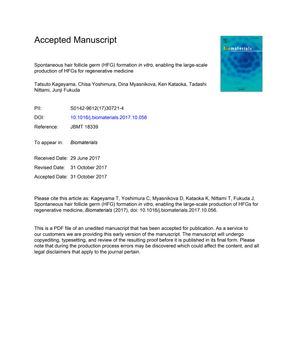
TLDR Researchers found a new way to create hair-growing structures in the lab that can grow hair when put into mice.
In the 2018 study, researchers successfully developed a method for creating hair follicle germs (HFGs) in vitro using mouse epidermal and mesenchymal cells. These cells were seeded into microwells on a custom-designed array plate made of oxygen-permeable silicone, where they spontaneously formed aggregates with HFG morphological features over three days. When transplanted into nude mice, these self-sorted HFGs (ssHFGs) generated hair follicles and shafts. The study highlighted the importance of oxygen supply in the formation of ssHFGs and hair shaft generation, with about 5,000 ssHFGs prepared using the microwell-array chip. Additionally, the encapsulation and transplantation of spatially aligned ssHFGs into mice resulted in the generation of spatially aligned hair follicles. The findings suggest a promising avenue for advancing hair-regenerative medicine, although further research is needed to explore the application of this method using human cells.
View this study on doi.org →
Cited in this study

research Surface Tension Guided Hanging-Drop: Producing Controllable 3D Spheroid of High-Passaged Human Dermal Papilla Cells and Forming Inductive Microtissues for Hair-Follicle Regeneration
Technique creates 3D cell spheroids for hair-follicle regeneration.
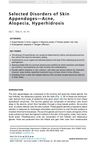
research Selected Disorders of Skin Appendages—Acne, Alopecia, Hyperhidrosis
The conclusion is that acne, alopecia, and hyperhidrosis are common skin issues with various treatments available, and accurate diagnosis is key for effective management.

research Epidermal stem cells and skin tissue engineering in hair follicle regeneration
Hair follicle regeneration needs special conditions and young cells.
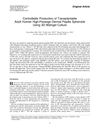
research Controllable Production of Transplantable Adult Human High-Passage Dermal Papilla Spheroids Using 3D Matrigel Culture
Researchers created hair-inducing human cell clusters using a 3D culture method.
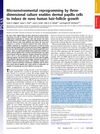
research Microenvironmental reprogramming by three-dimensional culture enables dermal papilla cells to induce de novo human hair-follicle growth
Growing human skin cells in a 3D environment can stimulate new hair growth.
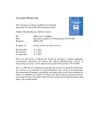
research Strategies to enhance epithelial–mesenchymal interactions for human hair follicle bioengineering
Improving the environment and cell interactions is key for creating human hair in the lab.

research Scalable production of controllable dermal papilla spheroids on PVA surfaces and the effects of spheroid size on hair follicle regeneration
Larger spheroids improve hair growth, but size doesn't guarantee thicker hair.

research Fully functional hair follicle regeneration through the rearrangement of stem cells and their niches
Regenerated fully functional hair follicles using stem cells, with potential for hair regrowth therapy.

research Hair Follicle Regeneration in Skin Grafts: Current Concepts and Future Perspectives
Hair follicle regeneration in skin grafts may be possible using stem cells and tissue engineering.

research The mesenchymal component of hair follicle neogenesis: background, methods and molecular characterization
The document concludes that specific cells are essential for hair growth and more research is needed to understand how to maintain their hair-inducing properties.

research Hair Follicle Regeneration Using Grafted Rodent and Human Cells
Grafted rodent and human cells can regenerate hair follicles, but efficiency decreases with age.
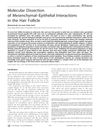
research Molecular Dissection of Mesenchymal–Epithelial Interactions in the Hair Follicle
Understanding gene expression in hair follicles can reveal insights into hair growth and disorders.
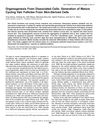
research Organogenesis From Dissociated Cells: Generation of Mature Cycling Hair Follicles From Skin-Derived Cells
Scientists have found a way to create hair follicles from skin cells of newborn mice, which can grow and cycle naturally when injected into adult mouse skin.
research Molecular Mechanisms Regulating Hair Follicle Development
Understanding hair follicle development can help treat hair loss, skin regeneration, and certain skin cancers.
research Morphogenesis and Renewal of Hair Follicles from Adult Multipotent Stem Cells
Adult mouse skin contains stem cells that can create new hair, skin, and oil glands.
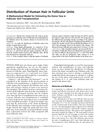
research Distribution of Human Hair in Follicular Units
The research found that for a typical hair density, about 11 square centimeters of donor scalp is needed to get 800 hair grafts for transplantation.
Related
research Mouse notch: expression in hair follicles correlates with cell fate determination.
Mouse Notch is important for determining cell roles in hair follicles.